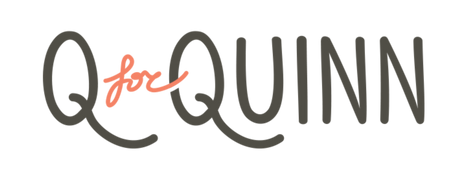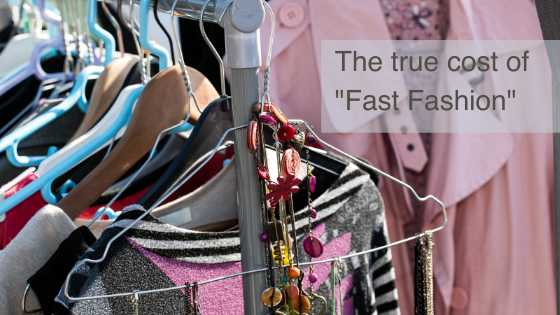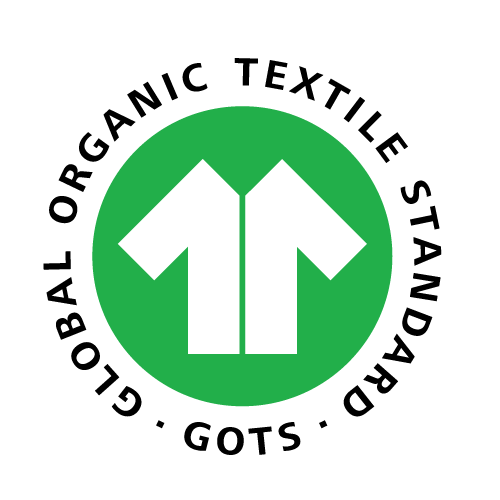In recent times, fast fashion has come under heavy criticism by environment and social activists. Over production caused by a consumer culture of buying more frequently has not only led to more clothes collecting in landfills but also the poor treatment of workers.
We in North America, buy five times more clothing now than we did in 1980. (Wall Street Journal)
On average a piece of clothing is worn a mere 7 times before being tossed away. (Wall Street Journal)
Clearly there is a huge environmental impact caused by this "disposable culture" nurtured by fast fashion. However it does not stop there. Mass production and cheaper fashion has also meant poor working conditions and wages for those making our clothes.
In this article I, explore the environmental and social cost of fast fashion but also identify an additional hidden cost - one that our own children are paying for.
I also attempt to provide some ways to navigate this era of fast fashion and it does not include spending more money, because less face it, everyone (including me) likes to spend less!
Before we get started let’s first define fast fashion so we are on the same page:
What is Fast Fashion?
Fast fashion is a term used to describe the readily available, inexpensively made fashion of today. The word “fast” describes how quickly retailers can move designs from the catwalk to stores, keeping pace with constant demand for more and different styles.
Fast fashion is usually also inexpensive fashion as it is intended to keep you buying more.
How do you understand the effects of Fast Fashion?
I did my undergraduate degree in Economics where we learnt of a concept called "Externality" - commonly reflected as a side effect or consequence of an industrial or commercial activity that affects other parties without this being reflected In the cost of the goods and services involved, such as the pollination of surrounding crops for bees kept for honey.
There are positive externalities where there are positive side effects from an action or outcome not factored into the price or cost and then there are negative externalities, where there are negative side effects that are not being Bourne by the source: the individual or organization.
One of the most common examples of negative externalities is carbon emissions and pollution from a factory.
The purpose of this post is not a lesson in Economics though, but rather to help us better understand and bring awareness to the “true cost” of products and services.
When I did my research on sourcing socks for Q for Quinn, I searched all over the world, including China. I had no idea how much things cost at first but thanks to resources such as Ali-baba and Ali-express I saw how “cheap” socks were and how cheaply one could source even as a smaller company or even individual. I can only imagine the price that some of the larger companies might be paying given their scale.
However the more I researched, the more I found out about the chemicals and toxins in our clothing, including our socks: Recent studies have shown that 9 out of 10 socks contain BPA and Parabens - two well known endocrine hormone disruptors.
This is shocking, yes, but trying to make sense of this I’m starting to understand why.
Brands are taking short cuts to achieve lower prices to encourage more frequent buying. Manufacturers trying to meet these prices have been forced to take short cuts, whether it's employing children to work and/or sourcing fabrics laced with pesticides and chemicals to “over produce” naturally occurring fabric sources like cotton - this is exactly what has been happening to the food industry and it is no different with the apparel industry!
The end product is a $2 pair of socks or a $5 t-shirt, laced with chemicals and pesticides that enter the skin of OUR little ones and have already caused enough environmental and social damage.

What does all this mean?
It is very difficult to switch to “better” choices as a consumer overnight. I myself am only slowly getting there and I struggle sometimes justifying spending 3, 5 or maybe even 8 times more on a product that I can easily get at my local grocery, drug, superstore. I care about our environment and the people making our clothes and our children’s future but by human nature I can also be selfish and I’m the first to admit that sometimes my own self-interests and my own children’s interest take precedent. As a human being, it is our basic survival instinct and also helps explain why big box retail stores continue to prevail while independent stores are closing doors.
So how do we avoid the temptation, especially when it comes to children's clothing and toys that they outgrow so quickly?
I believe the answer is to start thinking about the life span or “lifetime value” of an item.
The best way to explain what I mean is to provide an example:
The other day, a mom was challenging me about how ”non-affordable“ our socks were, citing that Walmart has a sock replacement program for when her kids outgrow or develop holes in their socks.
This program is the perfect example of how these giant companies are encouraging buying more instead of less and in turn not only getting us to go back to their stores to buy even more ”stuff” but also creating landfills by producing poor quality products that need to be thrown away so quickly. To me, it’s a huge quality problem if you are replacing socks even before your kids are outgrowing them. We have designed and built our socks not only to last the duration of our size range but also can be handed down to other siblings - my daughter is currently using all of my son’s socks! Also, I can’t resist but add that with our 3 pairs, 9 possibilities concept if you find yourself with single socks, you have 8 other socks you can pair them with so you never have to throw it away!
This same mom also cited that she once bought mittens from Walmart that had such a strong chemical smell – yuukkk, not only disgusting but so frightening especially as a mom to a baby who puts EVERYTHING in their mouth.
As we approach Black Friday and the Holidays, we hope you will consider buy quality and life term value so that the clothes and toys are passed on from generation to generation.
Where can we find quality products that don't break the bank?
In addition to our socks, we have a few brands we love that produce quality products that are built to last and re-use many times over, and in our opinion have the highest life time value and lowest environmental, social and personal cost!
Disruptor Tee: made from Made from the softest organic cotton off/cut fabrics that would otherwise end up in landfill.
A beautifully curated collection of children's clothing. You might even see matching pieces for yourself
Fabrics are knit in Toronto using premium GOTS organic cotton and bamboo. Our cotton is grown in India and Korea from non-genetically modified plants, and without the use of synthetic agricultural chemicals such as fertilizers or pesticides.
Choulala Box
Basics that encourage self- dressing and a minimalist wardrobe through the BLAST™ method - check them out to find our more about this innovative concept!
Teacher-librarian designed, play-based learning activities are created using upcycled tiny toys collected in communities like yours. Little things really can make a big difference!
Recyclable shoes with countless possibilities for your little one to go from playground to party!
Hand crafted cuddle+kind dolls is knitted by artisans in Peru. They’re suitable to be heirlooms handed down from one lucky baby to the next. Every doll provides 10 school meals.
Modern basics with radical transparency on where and how these clothes were made.



















Leave a comment